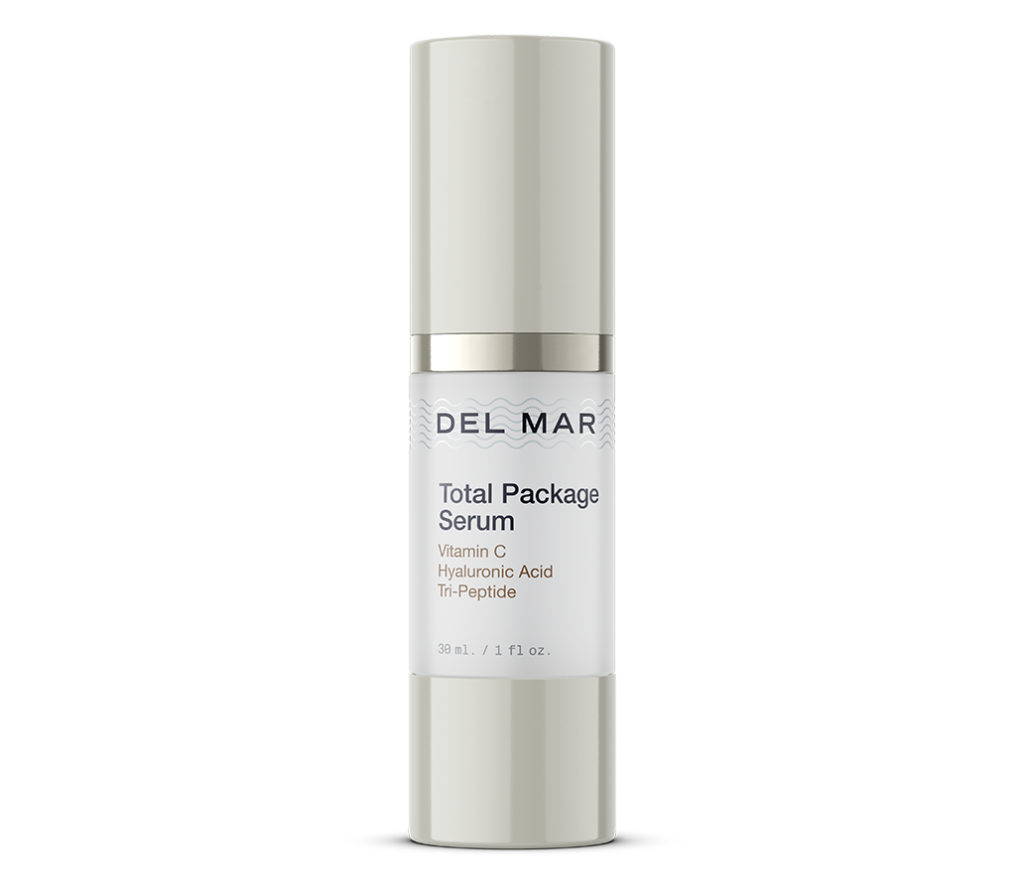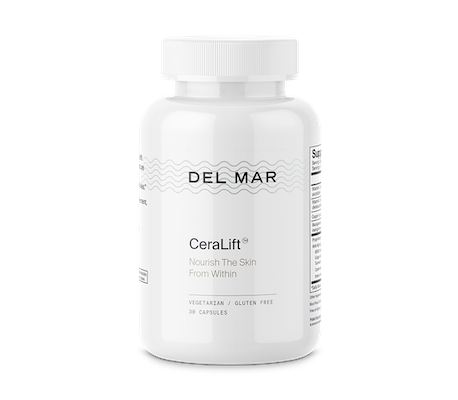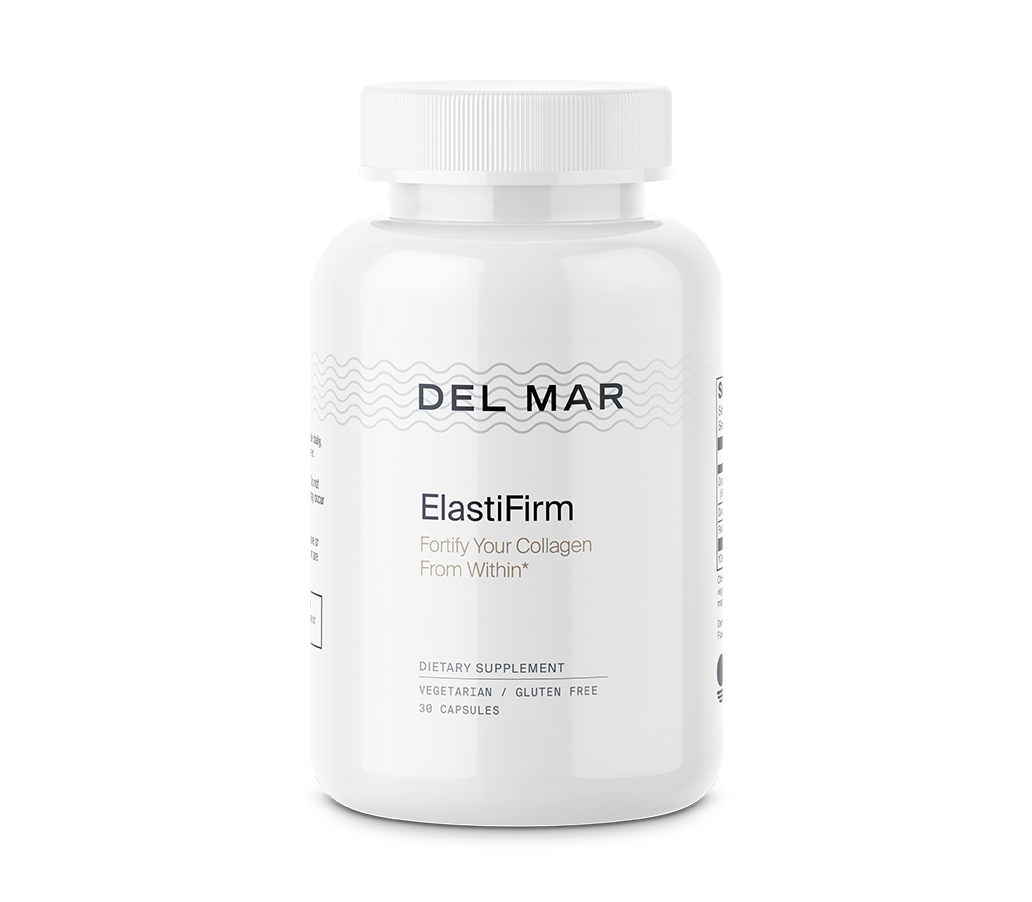Whether you just got back from your annual checkup where you learned that your blood pressure or cholesterol is high, you are recovering from a heart attack, or you have seen these things happen to loved ones and want to avoid them, you have reached the point where you want to concentrate on boosting your heart health.
The good news is this: simple lifestyle changes can prevent, and sometimes even reverse, heart disease. (*1) In fact, heart disease is considered a lifestyle disease, which means that it is associated with how a person lives. In this article, we’re going to give you the tools you need to get on a path towards long-term heart health.
What is Cardiovascular Disease?
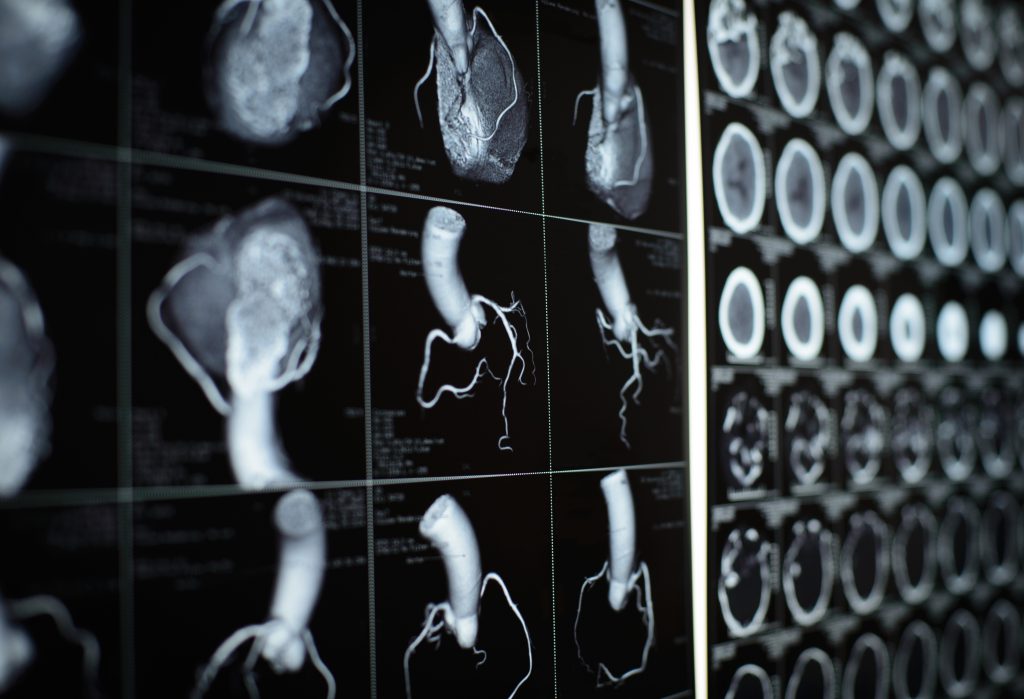
Cardiovascular disease, colloquially referred to as heart disease, is an overarching term used to describe any disease that affects the heart. (*1) Common examples of heart disease include:
- Coronary artery disease
- Heart rhythm problems (arrhythmias)
- Hypertension
- Dyslipidemia
- Congenital heart defects
But what about heart attacks, strokes, and chest pain? Aren’t these cardiovascular diseases?
Heart attacks, stroke, chest pain (also known as angina), and heart failure are actually symptoms of cardiovascular disease. If you experience any of these symptoms, they signal that you have heart disease.
While there are numerous types of cardiovascular disease, it is coronary artery disease that is the number one killer of Americans. (*1,2) When people refer to cardiovascular disease or heart disease, they are usually referring to coronary artery disease.
For this reason, when we mention “heart disease” or “cardiovascular disease,” we will be referring to coronary artery disease exclusively. In this ebook, we will be focusing on coronary artery disease – what it is, how it works, and what you can do to prevent and reverse it.
What Causes Heart Disease?

While there are many factors that contribute to heart disease, the primary cause is a poor diet. The Western diet, also known as the Standard American Diet, or SAD for short, is packed full of foods that appear to increase your risk of developing cardiovascular disease. These dangerous foods include: (*1,3)
- Refined grains – think white bread, white flour, and white rice
- Added sugars – in particular, high fructose corn syrup and white sugar
- Processed foods – deli meats, frozen meals, and other packaged foods
- Red meat – excess consumption of things like bacon and burgers
- Certain oils – vegetable oils and those that contain corn, soybean, palm, sunflower, and safflower oils
- Fast food – if it comes from a drive-through, you should probably avoid it
- Fried foods – chips, fries, and fried chicken
- Excess sodium – potato chips, packaged foods, fast food, and fried foods
Other risk factors for heart disease include: (*3,4)
- Obesity
- Cigarette smoking
- Diabetes or insulin resistance
- Lack of physical activity
- High cholesterol and blood pressure
- Family history of cardiovascular disease
- Depression and chronic stress
How Does Heart Disease Progress?
The progression of cardiovascular disease is largely attributed to a process known as atherosclerosis. (*5) Atherosclerosis occurs when plaque builds up on artery walls – you can think of arteries as a highway for your blood, allowing this life-giving fluid to flow throughout your body.
Plaque is made up of cholesterol, fatty material, and other substances. When plaque builds up, it leads to these tubes becoming more and more restricted. At the same time, the artery walls thicken. Eventually, blood may not be able to flow through, causing the plaque to rupture. This can lead to a heart attack or stroke.
Symptoms of Heart Disease

When it comes to atherosclerotic heart disease, symptoms can vary from one person to another. Some of the most common symptoms include: (*6)
- Shortness of breath
- Angina (pain, pressure, or tightness in your chest)
- Pain in the neck, jaw, back, arms, or shoulders
- Cold, numb, weak, or painful extremities (arms and legs)
- Lightheadedness, nausea, dizziness, or cold sweats
Unfortunately, many people will not experience any of these symptoms or will not recognize their symptoms until it is too late. If you are experiencing any of the above symptoms, get to the ER or urgent care right away.
Why You Need to Make Lifestyle Changes
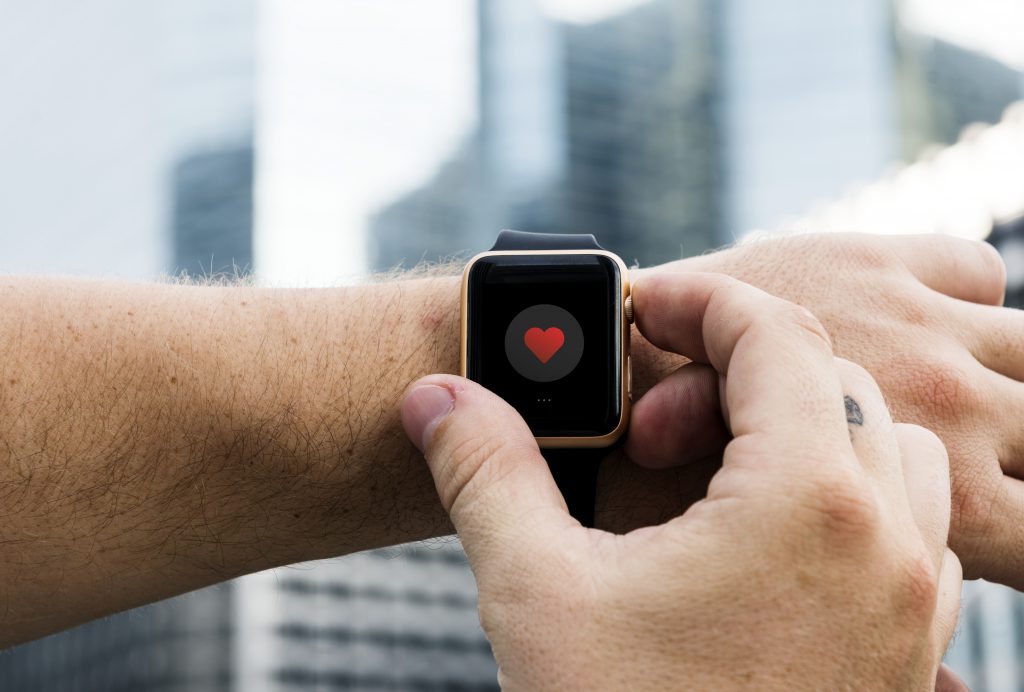
When you first learn that you are on the path towards heart disease, it can be difficult to feel in control of your health. Fortunately, study after study has demonstrated that how we live can prevent and even reverse heart disease.
In fact, of the 17 million deaths per year caused by cardiovascular disease, 80% of them are believed to be preventable. (*5) This means that by learning how to keep your heart healthy and acting on what you learn, you can dramatically reduce your risk of dying from heart disease.
One of the easiest steps you can take today is to discover what a heart-healthy diet actually looks like. Read more here…




